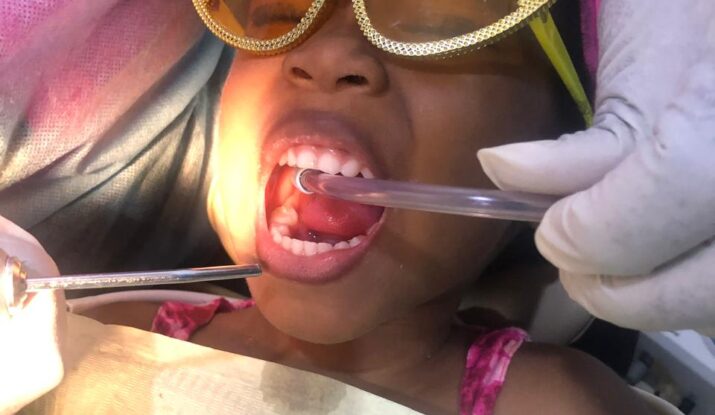If you have a cavity or a damaged tooth, your dentist may recommend a dental filling. Fillings are a common dental procedure that help to restore the function and appearance of a tooth that has been affected by decay or injury. Here’s what you need to know about dental fillings.
What is a dental filling?
A dental filling is a material that is used to fill a cavity or repair a damaged tooth. The filling material is placed in the affected area of the tooth, where it hardens and forms a seal that protects the tooth from further damage.
What are dental fillings made of?
There are several materials that can be used for dental fillings, including:
- Amalgam: A mixture of metals, including silver, tin, and copper, that has been used for fillings for over 150 years.
- Composite resin: A tooth-colored material that is made of a mixture of plastic and glass. Composite fillings are often used for front teeth or other visible areas.
- Ceramic: A material that is made of porcelain or glass, which can be colored to match the natural shade of your teeth.
- Gold: A durable and long-lasting material that is often used for larger fillings in the back teeth.
What is the procedure for getting a filling?
The procedure for getting a filling typically involves the following steps:
- Numbing the area: Your dentist will use a local anesthetic to numb the area around the affected tooth.
- Removing the decay: Your dentist will use a drill or laser to remove the decayed portion of the tooth.
- Cleaning the area: Your dentist will clean the area to remove any debris or bacteria.
- Placing the filling: Your dentist will place the filling material in the affected area of the tooth and shape it to match the natural contour of the tooth.
- Polishing: Your dentist will polish the filling to smooth out any rough edges.
How long do fillings last?
The lifespan of a filling can vary depending on the material used and the location of the filling. Amalgam fillings can last up to 15 years, while composite fillings may need to be replaced after 5 to 10 years. Gold fillings can last for decades with proper care.
How can I take care of my fillings?
To keep your fillings in good condition, it’s important to practice good oral hygiene. This includes brushing twice a day, flossing daily, and visiting your dentist regularly for cleanings and checkups. You should also avoid eating hard or sticky foods that could damage your fillings.
If you think you may need a dental filling, be sure to talk to your dentist. With the right care, a filling can help to restore your tooth and protect it from further damage.

